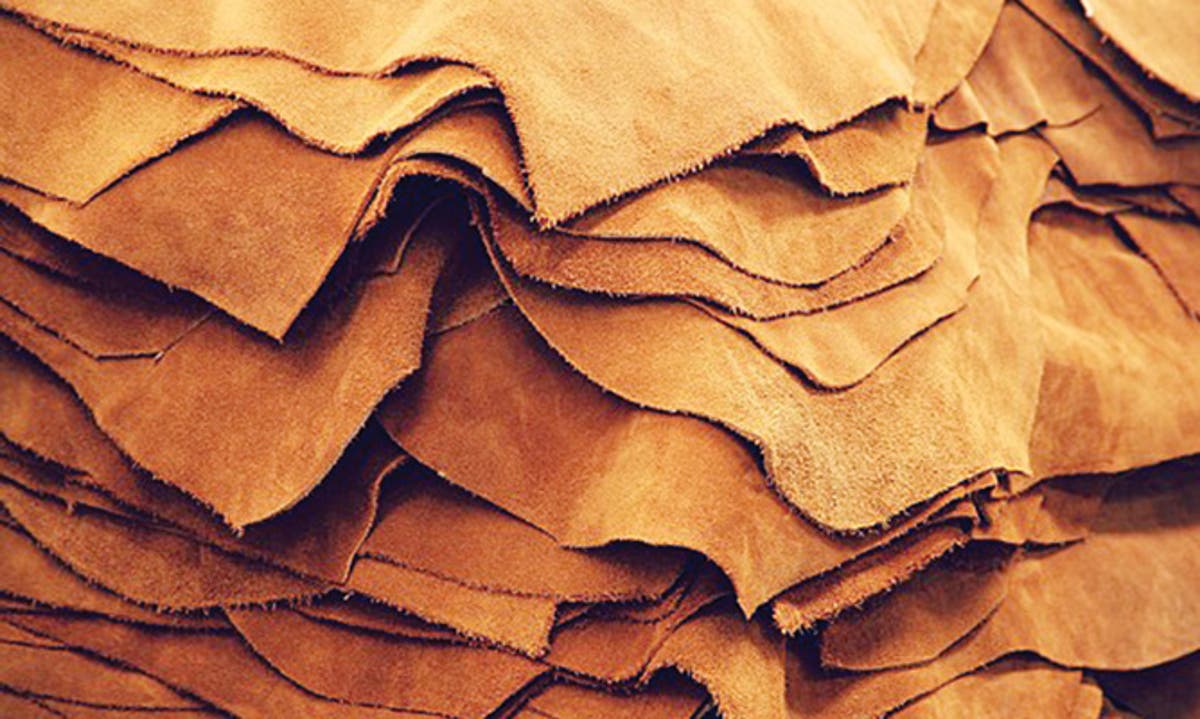Staff Reporter
Ministry of Industry and Commerce says it is pressing ahead with resuscitating the country’s leather sector and is targeting firms with lower capitalization requirements for assistance during the remainder of the year.
This follows the installation of a leather processing plant by Bulawayo-based Nile crocodile leather processors, Zambezi Tanners.
“The installation of a Leather Processing Plant at Zambezi Tanners in Bulawayo has reached 72 percent, with some of the imported machinery having been received.
“On completion, this will see an increase in trade volumes and exports, the sector positioned itself for the expanded market under the African Continental Free Trade Area (AfCFTA) agreement, which came into force in January this year,” said Minister Sekai Nzenza.
Zambezi Tanners core business is the transformation of Nile crocodile into finished leather, suitable for a range of purposes. It also produces a selection of other exotic leathers such as the African buffalo and an assortment of game skins to complement Nile crocodile.
Being mainly an exporter of leathers for 15 years, Zambezi Tanners attained International Standards of processing and final quality of product, to meet foreign needs.
Minister Nzenza added that Zimbabwe’s leather industry was better positioned than its regional peers since the leather value chain is well structured starting from the input suppliers, livestock suppliers’ abattoirs, hides merchants, manufacturers of leather products and retailers.
In November last year, Government officially launched the Zimbabwe Leather Sector Strategy (2021-2030) to encourage the sector to increase volumes of products and contribute to the economic turnaround.
The strategy aims at increasing the overall competitiveness of the leather value chain in Zimbabwe and enhancing access to both local and export markets for the finished products. It seeks to increase capacity utilization of value-added products from 30 percent to 75 percent by the end of 2030 and export of leather products from 10 percent of production to 40 percent.




